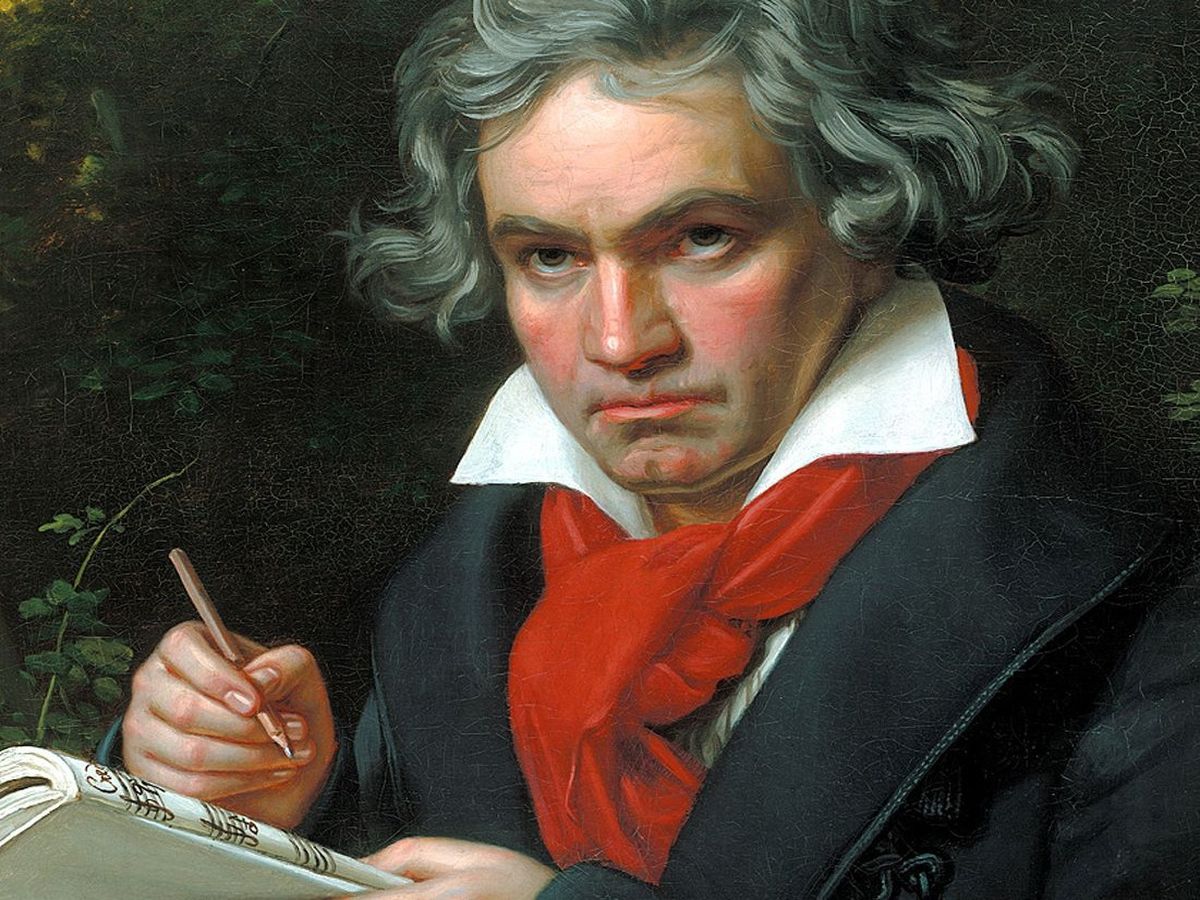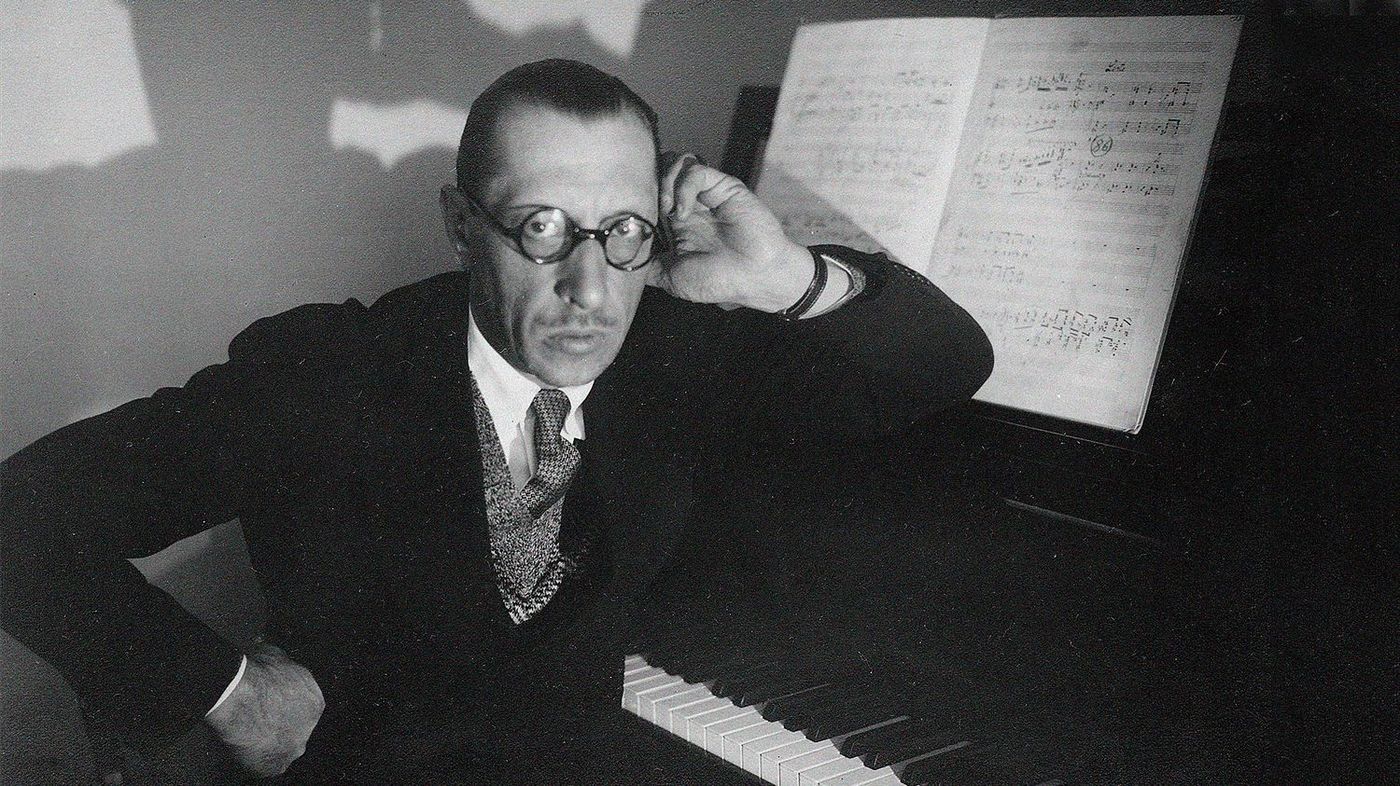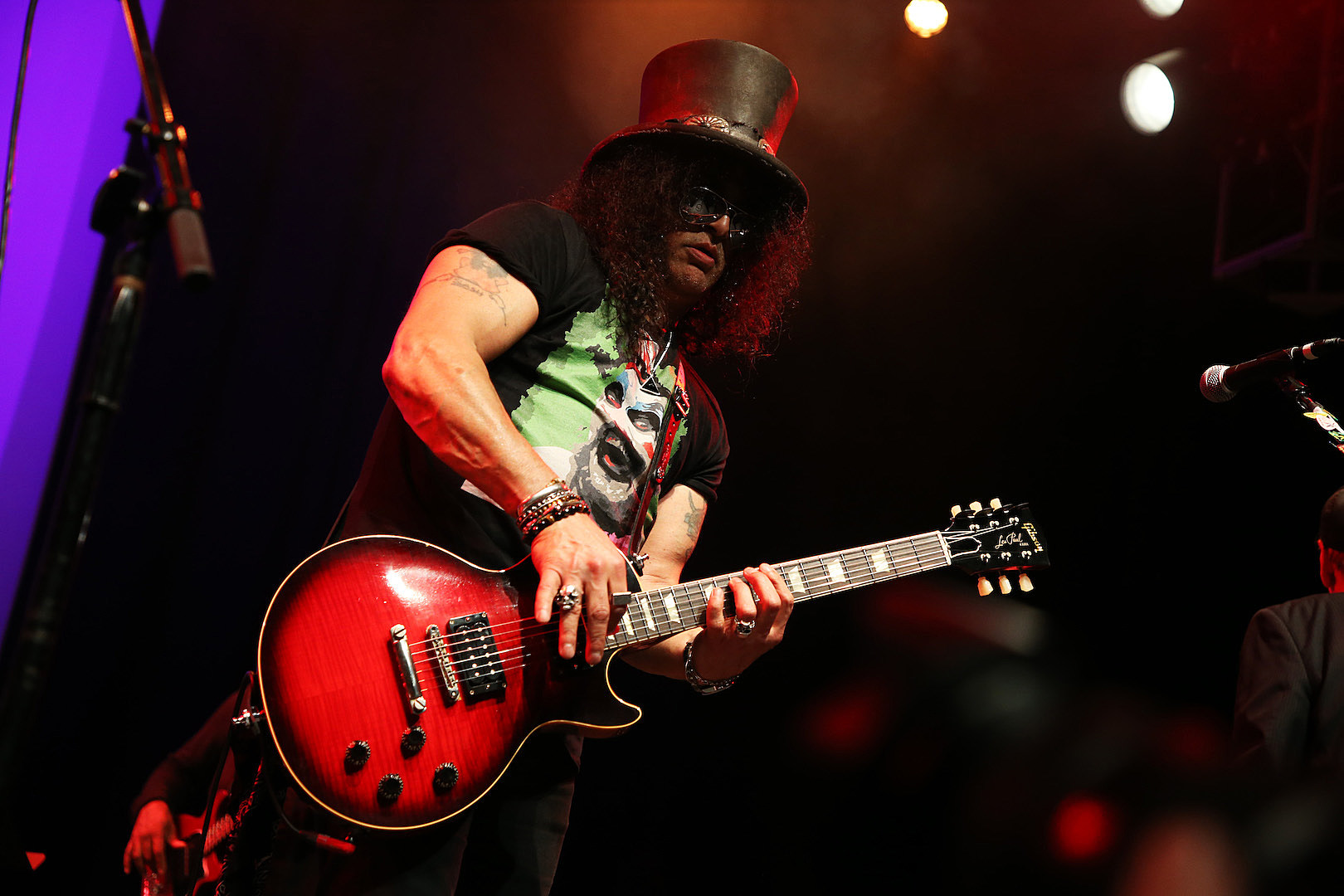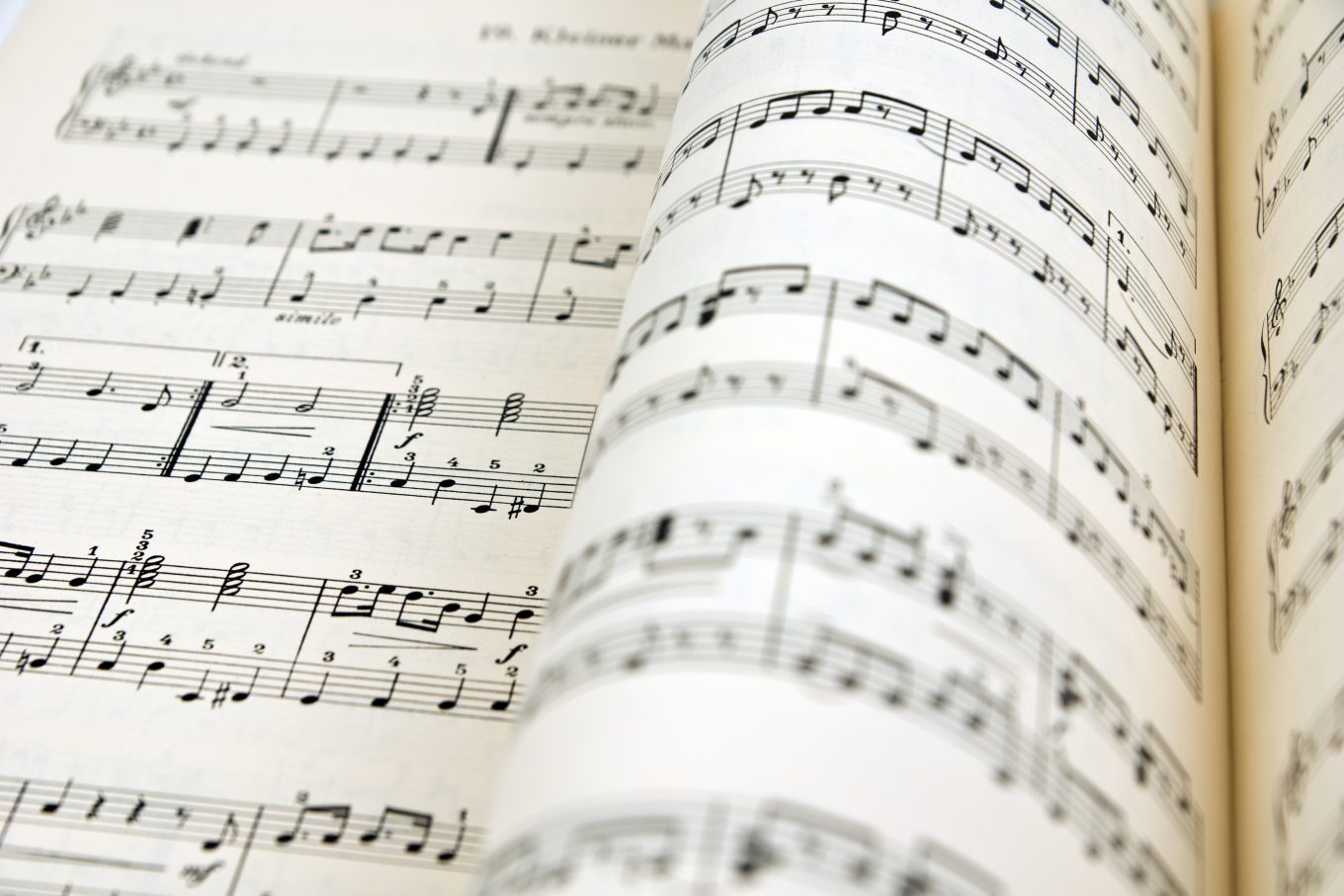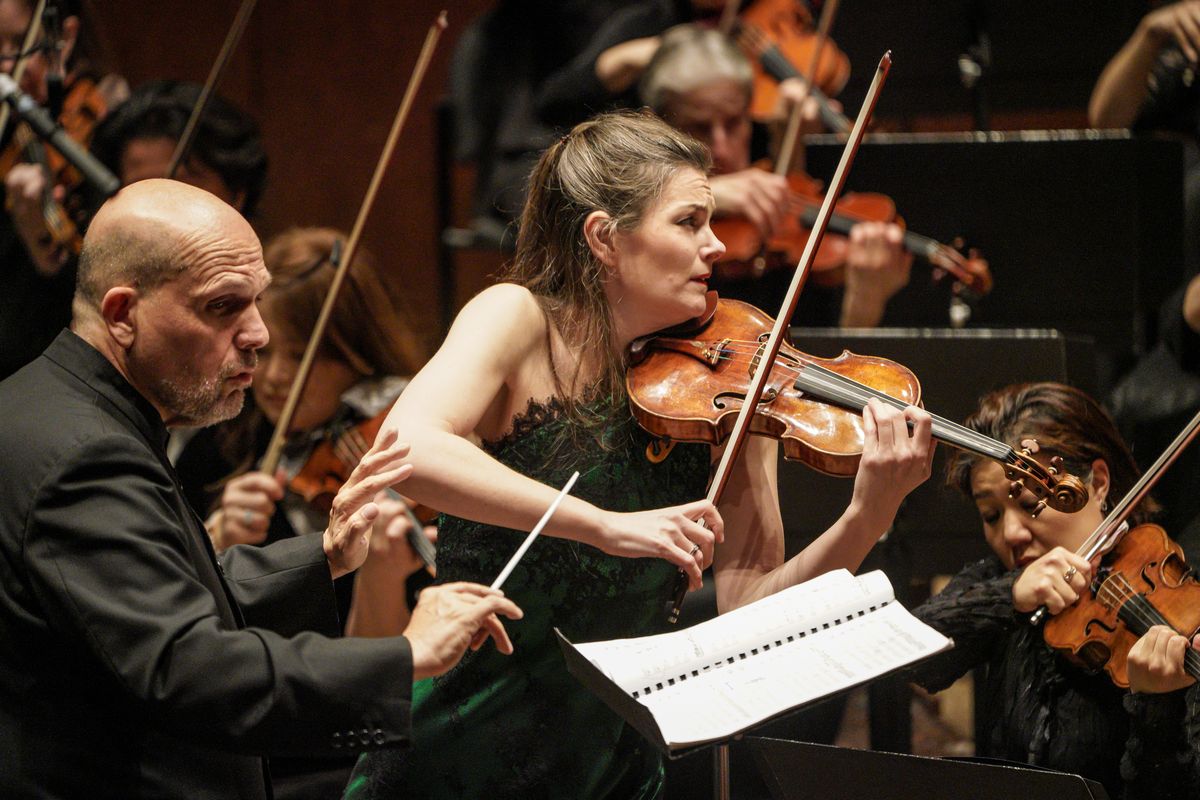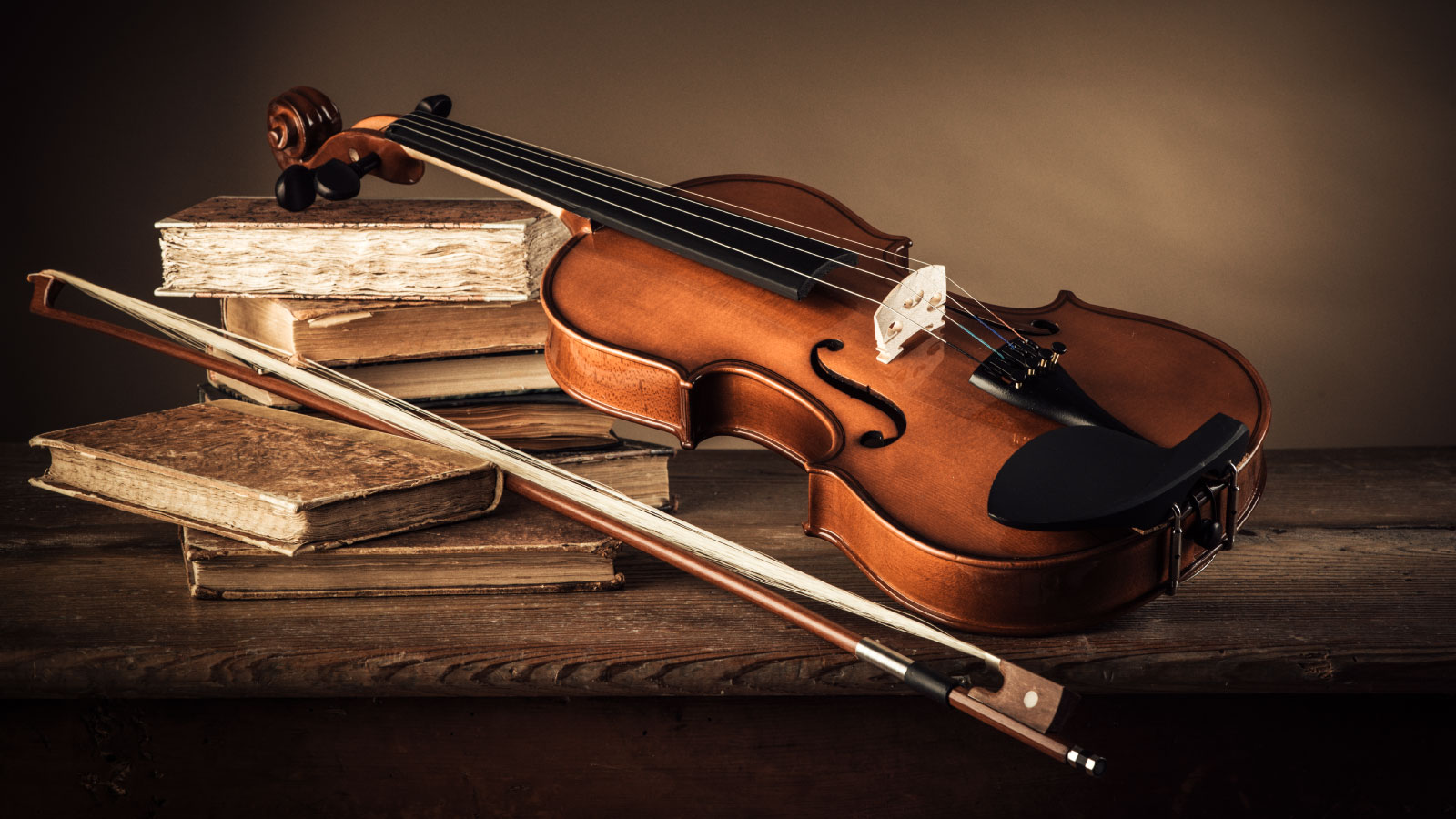

Rock
What Period Is Classic Rock Music
Published: November 2, 2023
Discover the era of Classic Rock music and learn about its defining characteristics. From legendary bands to iconic guitar solos, explore the Rock genre that has stood the test of time.
(Many of the links in this article redirect to a specific reviewed product. Your purchase of these products through affiliate links helps to generate commission for AudioLover.com, at no extra cost. Learn more)
Table of Contents
Introduction
Classic Rock music, with its electrifying guitar solos, powerful vocals, and catchy melodies, holds a cherished place in the hearts of music lovers worldwide. It represents an era of rebellious youth, cultural revolution, and endless creativity. But what exactly is Classic Rock?
Classic Rock refers to a genre of music that emerged in the late 1960s and dominated the airwaves throughout the 1970s and 1980s. It encompasses a wide range of rock styles, including hard rock, folk rock, progressive rock, and blues rock. From the soulful ballads of Led Zeppelin and the anthemic choruses of Queen to the gritty blues riffs of The Rolling Stones and the energetic stage presence of Bruce Springsteen, Classic Rock offers something for every music enthusiast.
The term “Classic Rock” was first coined in the 1980s to differentiate older rock music from the contemporary sounds of the time. It became a way to categorize the artists and bands that had achieved significant commercial success and had a lasting impact on the genre. Today, Classic Rock has become synonymous with timeless tunes that have stood the test of time and continue to resonate with new generations.
Classic Rock is more than just a genre of music; it’s a cultural phenomenon that represents a significant era in history. It captures the spirit of rebellion, freedom, and self-expression that defined the counterculture of the 1960s and 1970s. Classic Rock not only provided a soundtrack for the social and political struggles of the time, but it also served as a unifying force for people of all backgrounds, transcending racial, geographical, and generational barriers.
Over the years, Classic Rock has become more than just a style of music; it has become a way of life. Its iconic album covers, fashion trends, and rebellious attitude have permeated popular culture and continue to influence contemporary artists and fans alike. Whether you’re a die-hard fan or a casual listener, Classic Rock has a transformative power that transcends time and place.
So, join us as we embark on a journey to explore the world of Classic Rock. From its origins and influences to its enduring popularity and legacy, we will delve into the depths of this iconic genre that has shaped the music landscape and continues to inspire generations of rock enthusiasts.
Definition of Classic Rock
Classic Rock is a genre of music that encompasses a wide range of rock styles and emerged in the late 1960s. It is characterized by its timeless melodies, powerful instrumentation, and emotive lyrics. Often referred to as “Album-Oriented Rock” or “AOR,” Classic Rock has become synonymous with iconic bands and artists that defined an era.
One of the defining characteristics of Classic Rock is its focus on guitar-driven soundscapes. Guitar solos, catchy riffs, and intricate harmonies are hallmarks of this genre. Classic Rock also places a strong emphasis on live performances, with many bands known for their energetic stage presence and ability to captivate audiences.
Lyrically, Classic Rock covers a wide range of themes, often delving into introspection, love, rebellion, and societal issues. The lyrics are often poetic, tackling deep emotions and thought-provoking subjects. From love ballads to protest anthems, Classic Rock offers a rich and diverse lyrical landscape.
While Classic Rock primarily emerged in the 1960s and 1970s, it continues to evolve and adapt to new influences. Many modern rock bands draw inspiration from the Classic Rock era, incorporating elements of the genre into their own sound. This blending of old and new keeps the spirit of Classic Rock alive and ensures its relevance in today’s music scene.
It’s important to note that Classic Rock is not limited to a specific time period. While its golden age is considered the 1960s and 1970s, Classic Rock can also include music from the 1980s and beyond, as long as it embodies the essence and style of the genre. The term “classic” refers to the timelessness and enduring popularity of the music, rather than its specific release date.
Classic Rock has a broad appeal, transcending generational boundaries. It connects with both older listeners who experienced the genre’s heyday and younger audiences who appreciate its timeless sound. The music of Classic Rock has a nostalgic quality that evokes a sense of nostalgia and transports listeners to a different era.
While Classic Rock may encompass a wide range of subgenres and styles, it is united by its ability to evoke powerful emotions and transport listeners on a musical journey. It represents a period of artistic innovation and cultural significance, and its impact on the music industry is undeniable. Classic Rock is more than just a genre; it’s an experience that continues to shape and inspire generations of music enthusiasts.
Origins and Influences
Classic Rock, as we know it today, has its roots in the revolutionary sound of the 1960s. It emerged as a fusion of various musical styles and influences, creating a new and distinct sound that would shape the future of rock music.
One of the key predecessors of Classic Rock is the genre of Rock and Roll, which gained popularity in the 1950s. Artists like Chuck Berry, Elvis Presley, and Little Richard paved the way for the rebellious and energetic spirit that would define Classic Rock. Their catchy melodies, infectious rhythms, and electrifying performances laid the foundation for the genre’s development.
The British Invasion of the early 1960s played a significant role in shaping the sound of Classic Rock. Bands like The Beatles, The Rolling Stones, and The Who brought a fresh and innovative approach to rock music, combining elements of blues, folk, and pop. Their influence on the genre was immeasurable, inspiring countless artists and setting the stage for the Classic Rock revolution.
Another influential movement in the origins of Classic Rock was the psychedelic rock era. Bands like Pink Floyd, Jefferson Airplane, and The Doors pushed the boundaries of traditional rock music, experimenting with unconventional song structures, mind-altering lyrics, and trippy soundscapes. Their psychedelic influences added a dynamic and experimental element to the genre.
Classic Rock also drew inspiration from the blues. Artists such as Led Zeppelin, Cream, and Jimi Hendrix incorporated bluesy guitar riffs and soulful vocals into their music, adding a raw and gritty edge. The blues roots of Classic Rock can be traced back to legendary blues artists like Muddy Waters, B.B. King, and Howlin’ Wolf.
Furthermore, the rise of folk rock in the 1960s, spearheaded by artists like Bob Dylan and Simon & Garfunkel, had a profound impact on Classic Rock. The introspective and socially conscious lyrics of the folk movement were woven into the fabric of Classic Rock, adding depth and meaning to the genre.
Overall, the origins of Classic Rock can be attributed to a melting pot of influences from various genres and artists. It was a time of musical experimentation and boundary-breaking, with artists pushing the limits of what rock music could be. The combination of Rock and Roll, the British Invasion, psychedelic rock, blues, and folk created a unique and powerful sound that became the foundation of Classic Rock.
These early influences set the stage for the golden age of Classic Rock, which would soon unfold with an explosion of talent, creativity, and unforgettable music.
Golden Age of Classic Rock
The golden age of Classic Rock spanned the 1960s to the 1980s, a time when the genre reached its peak in terms of creativity, popularity, and cultural impact. During this era, numerous iconic bands and artists emerged, leaving an indelible mark on the music industry and shaping the sound of Classic Rock for generations to come.
One of the defining aspects of the golden age of Classic Rock was the sheer diversity and innovation within the genre. Artists like The Beatles, The Rolling Stones, and Led Zeppelin pushed boundaries and experimented with new sounds, song structures, and production techniques. Their albums became milestone moments in music history, with each release eagerly anticipated and dissected by fans and critics alike.
The 1960s marked a time of significant artistic growth and exploration. The Beatles revolutionized the music landscape with their innovative songwriting, catchy melodies, and studio experimentation. Their album “Sgt. Pepper’s Lonely Hearts Club Band” is often regarded as a landmark album, showcasing the potential of the studio as an instrument and introducing complex and introspective themes into rock music.
Other prominent artists of the era included The Rolling Stones, who embodied the rebellious spirit of Classic Rock with their gritty blues-rock sound and energetic stage performances. Led Zeppelin, with their hard-hitting riffs and mystical lyrics, took the world by storm and established themselves as one of the greatest rock bands of all time.
The 1970s saw the rise of progressive rock, with bands like Pink Floyd, Genesis, and Yes pushing the boundaries of what rock music could be. These bands created epic, concept-driven albums that combined intricate instrumental sections with thought-provoking lyrics, creating a whole new listening experience.
The golden age of Classic Rock also witnessed the emergence of influential solo artists. Artists like David Bowie, Elton John, and Bruce Springsteen crafted their own unique styles and made significant contributions to the genre. Their storytelling abilities and charismatic stage presence captivated audiences, further solidifying the legacy of Classic Rock.
Concerts became major events during this period, with Rock bands staging unforgettable live performances. Festivals like Woodstock in 1969 and the Isle of Wight Festival in 1970 became cultural touchstones, showcasing the power of Classic Rock and its ability to bring people together.
However, as the 1980s approached, the landscape of music began to change. The rise of punk rock, new wave, and electronic music signaled a shift away from the classic sound of the golden age. Despite this, Classic Rock bands continued to release critically acclaimed albums and embark on successful tours, sustaining their dedicated fan bases.
The influence of the golden age of Classic Rock is still felt in today’s music. Contemporary artists continue to draw inspiration from the sounds, themes, and energy of this era, ensuring that its legacy lives on.
The golden age of Classic Rock remains a defining period in music history, characterized by musical innovation, cultural influence, and the creation of enduring songs that have stood the test of time. It was a time when rock music reached its zenith, captivating audiences worldwide and leaving an indelible mark on the fabric of popular culture.
Evolution and Subgenres
The evolution of Classic Rock did not end with the golden age; it continues to adapt and diversify to this day. As the genre matured, various subgenres emerged, each adding unique elements and pushing the boundaries of what Classic Rock could be.
One significant subgenre that emerged in the late 1960s and early 1970s was progressive rock. Bands like Pink Floyd, Yes, and Genesis incorporated complex song structures, intricate instrumentation, and philosophical lyrics into their music. Progressive rock challenged the traditional conventions of Classic Rock, delving into longer compositions, extended solos, and concept-driven albums.
At the same time, another subgenre, known as Southern Rock, gained popularity. Bands like Lynyrd Skynyrd and The Allman Brothers Band infused Classic Rock with a distinctive Southern flair, incorporating elements of blues, country, and boogie-woogie. The result was a raw, energetic sound that captured the essence of the American South.
In the 1970s and 1980s, the genre of hard rock emerged, characterized by its heavy guitar riffs, aggressive vocals, and powerful performances. Bands like AC/DC, Aerosmith, and Van Halen became emblematic of this subgenre, combining a raw and energetic sound with catchy hooks and memorable anthems.
Another significant development in the evolution of Classic Rock was the emergence of glam rock, also known as glitter rock. Bands like T. Rex, David Bowie, and Queen embraced theatricality, incorporating flamboyant costumes, makeup, and elaborate stage productions into their performances. Glam rock added a visual aspect to the genre, pushing the limits of self-expression and blurring the lines between music and art.
As the 1980s progressed, Classic Rock experienced a resurgence with the emergence of the subgenre known as hair metal or glam metal. Bands like Guns N’ Roses, Bon Jovi, and Def Leppard dominated the airwaves with their catchy melodies, big choruses, and flashy image. Hair metal combined the elements of hard rock with a more melodic and accessible sound, appealing to a broader audience.
In the 1990s and early 2000s, as alternative rock and grunge gained popularity, Classic Rock took on a more nostalgic and retrospective tone. Bands like Nirvana, Pearl Jam, and Soundgarden drew inspiration from the Classic Rock era, infusing their music with a raw and gritty energy reminiscent of the genre’s roots.
The evolution of Classic Rock continues today, with modern bands incorporating elements from across the genre’s history. From revivalist bands like The Struts and Greta Van Fleet, who capture the spirit of Classic Rock’s golden age, to contemporary artists infusing the genre with their own unique styles, the legacy of Classic Rock lives on.
Whether it’s the psychedelic soundscapes of Tame Impala, the blues-infused rock of The Black Keys, or the indie rock stylings of Arctic Monkeys, Classic Rock’s influence can be heard in various forms of contemporary music.
Through the evolution and emergence of different subgenres, Classic Rock has proven its ability to adapt and remain relevant. Its diverse range of sounds and styles ensures that there is something for everyone, while its rich history continues to inspire and influence new generations of musicians.
Enduring Popularity and Legacy
The enduring popularity of Classic Rock is a testament to its timeless appeal and cultural significance. Even decades after its emergence, this genre continues to attract new listeners and captivate audiences around the world. Its influence and legacy are felt across multiple facets of popular culture, making Classic Rock an integral part of our collective musical heritage.
One of the reasons for the enduring popularity of Classic Rock is the emotional connection it creates with listeners. The music’s raw energy, relatable themes, and passionate performances resonate with people of all ages. Classic Rock has the power to elicit strong emotions and transport us to a different time, evoking nostalgia and fond memories.
The longevity of Classic Rock can be attributed to its ability to transcend generational boundaries. The music that defined the genre’s golden age continues to captivate younger audiences who appreciate its timeless sound and authenticity. Parents pass down their love for Classic Rock to their children, creating a multi-generational appreciation for the genre.
The influence of Classic Rock extends beyond its music. The fashion, art, and lifestyle associated with the genre have become iconic symbols of a bygone era. The album covers, concert posters, and band merchandise serve as visual reminders of the enduring legacy of Classic Rock.
Classic Rock bands and artists have also left a lasting impact on the music industry as a whole. They set new standards for performance, songwriting, and production, inspiring countless musicians to pursue their artistic visions. Many accomplished artists today draw inspiration from Classic Rock’s pioneers, incorporating their influences into their own unique styles.
Moreover, Classic Rock continues to have a significant presence in the live music scene. From large-scale festivals to intimate concerts, fans flock to see their favorite artists perform live, proving that the power of Classic Rock transcends time and space.
The influence of Classic Rock can also be seen in other genres of music. Elements of Classic Rock can be heard in modern rock, indie, and even pop music. Artists such as Foo Fighters, The Killers, and Imagine Dragons incorporate Classic Rock-inspired sounds and aesthetics into their music, keeping the spirit of the genre alive for new generations.
Classic Rock’s enduring popularity and legacy are also evident in its continued presence in mainstream media. The music is frequently used in films, television shows, and commercials, adding an extra layer of nostalgia and emotional resonance to the visual storytelling.
Ultimately, the enduring popularity and legacy of Classic Rock can be attributed to its ability to evoke emotions, transcend generations, and serve as a cultural touchstone. As long as there are fans who appreciate the power and magic of this genre, Classic Rock will continue to live on, resonating with audiences for years to come.
Conclusion
Classic Rock, with its electrifying guitar solos, anthemic choruses, and timeless appeal, has solidified its place as one of the most influential genres in music history. From its origins in the 1960s to its ongoing evolution and subgenres, Classic Rock has captured the hearts and minds of music enthusiasts worldwide.
The genre’s enduring popularity can be attributed to its ability to transcend time and resonate with multiple generations. The emotional connection it creates, the raw energy it exudes, and the cultural impact it has made have solidified Classic Rock as more than just a genre of music—it has become a way of life.
The legacy of Classic Rock extends beyond its iconic artists and famous songs. It has infiltrated popular culture, inspiring fashion trends, shaping visual aesthetics, and infusing everyday life with a rebellious and free-spirited attitude. The influence of Classic Rock can be heard in contemporary music and felt in the live music scene, proving that its impact is far-reaching and ongoing.
Classic Rock bridges generational gaps, bringing people together through the love of music and the shared experiences it evokes. Its enduring appeal lies in its ability to transport listeners to a different era, evoking feelings of nostalgia, joy, and freedom.
As we reflect on the history, evolution, and legacy of Classic Rock, it is clear that this genre has left an indelible mark on the fabric of music culture. Its impact can be seen in the continued popularity of its songs, the timeless appeal of its artists, and the unwavering dedication of its fans.
Whether you’re a lifelong fan or just discovering the genre, Classic Rock has the power to captivate, inspire, and ignite a passion for music. It invites you to join a global community connected by a deep appreciation for the artistry and spirit of rock music.
So crank up the volume, let the guitar solos soar, and sing along to the anthems that have become the soundtrack to our lives. Classic Rock will continue to live on, leaving an enduring legacy and providing generations to come with a timeless escape into the power and magic of rock and roll.

